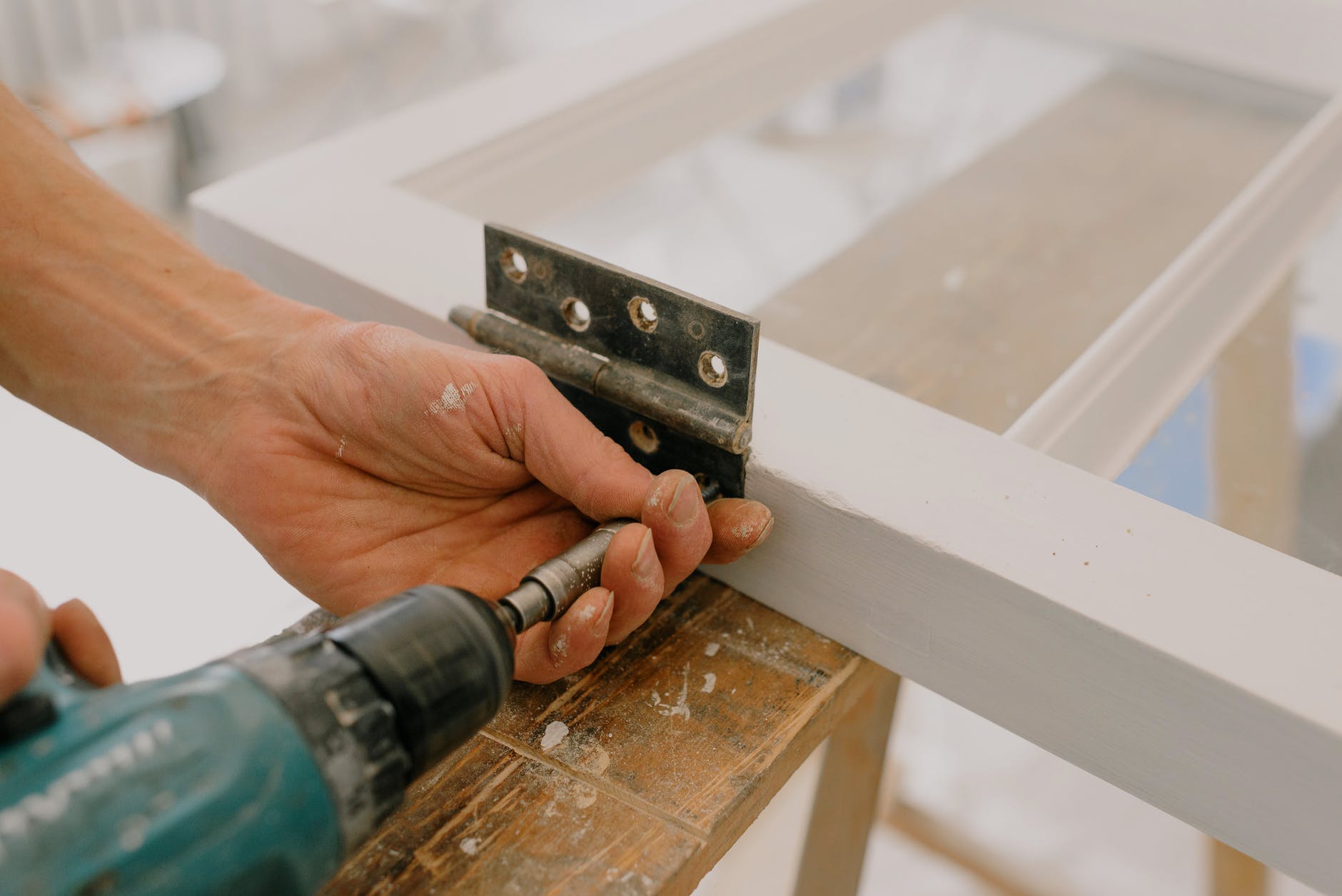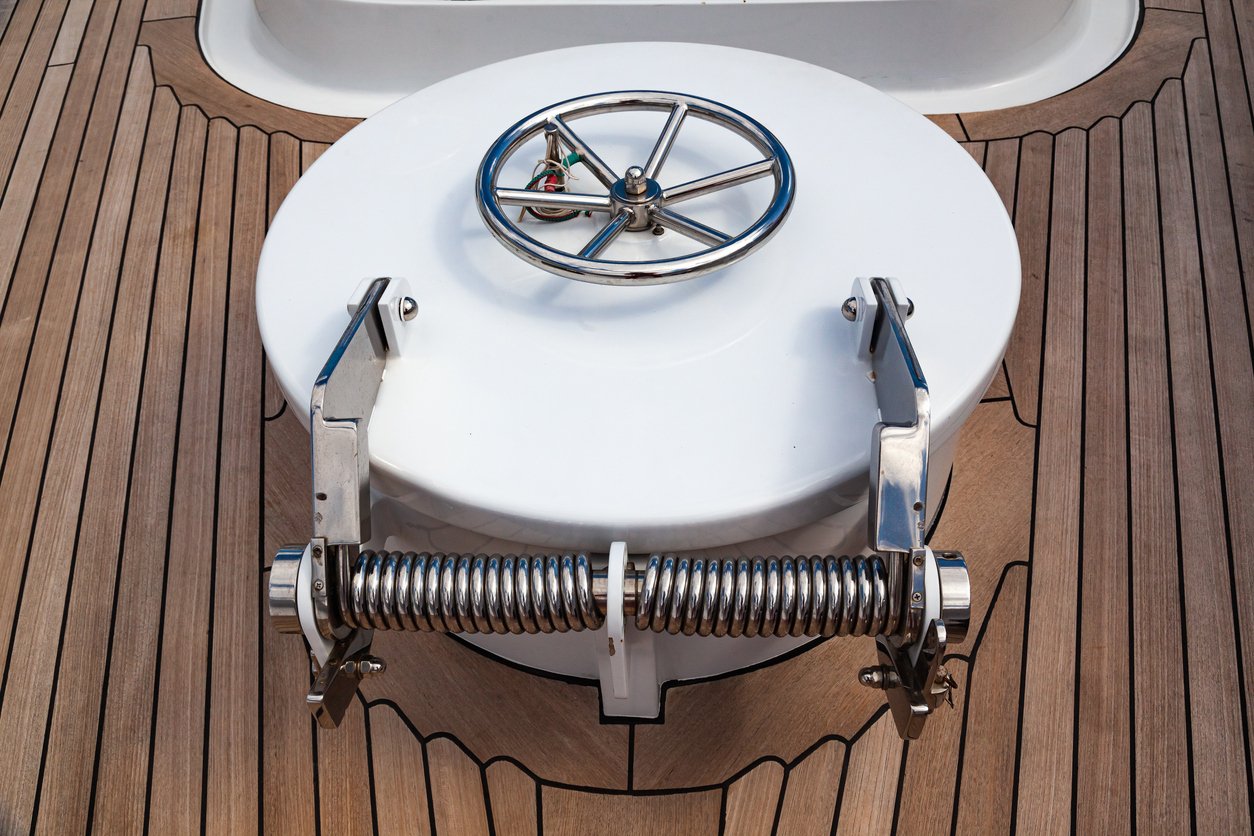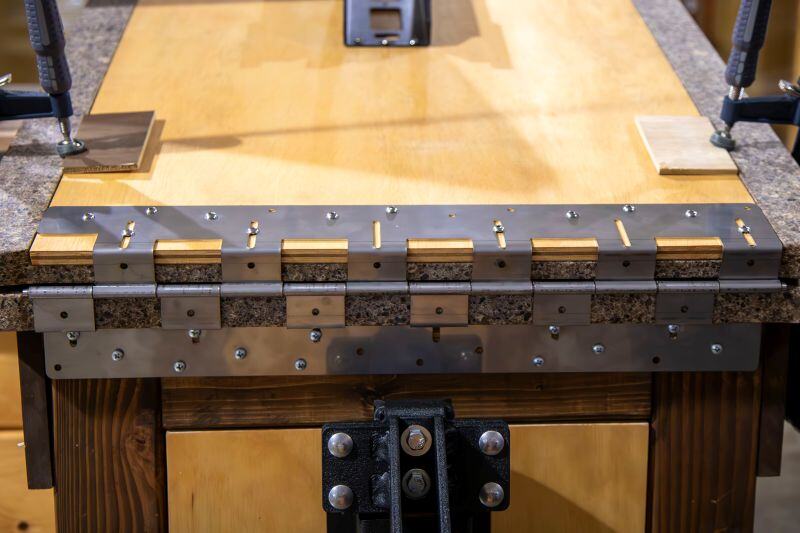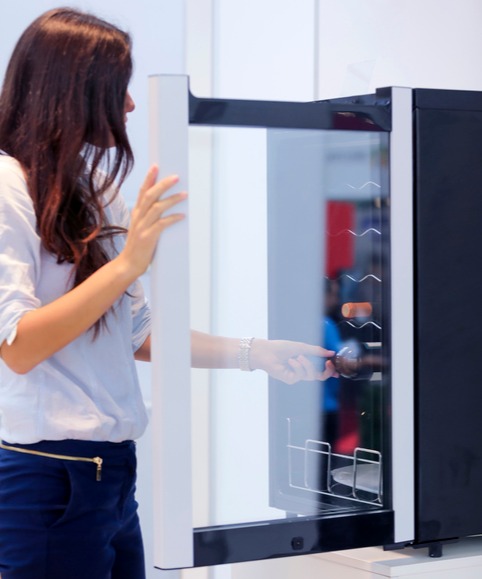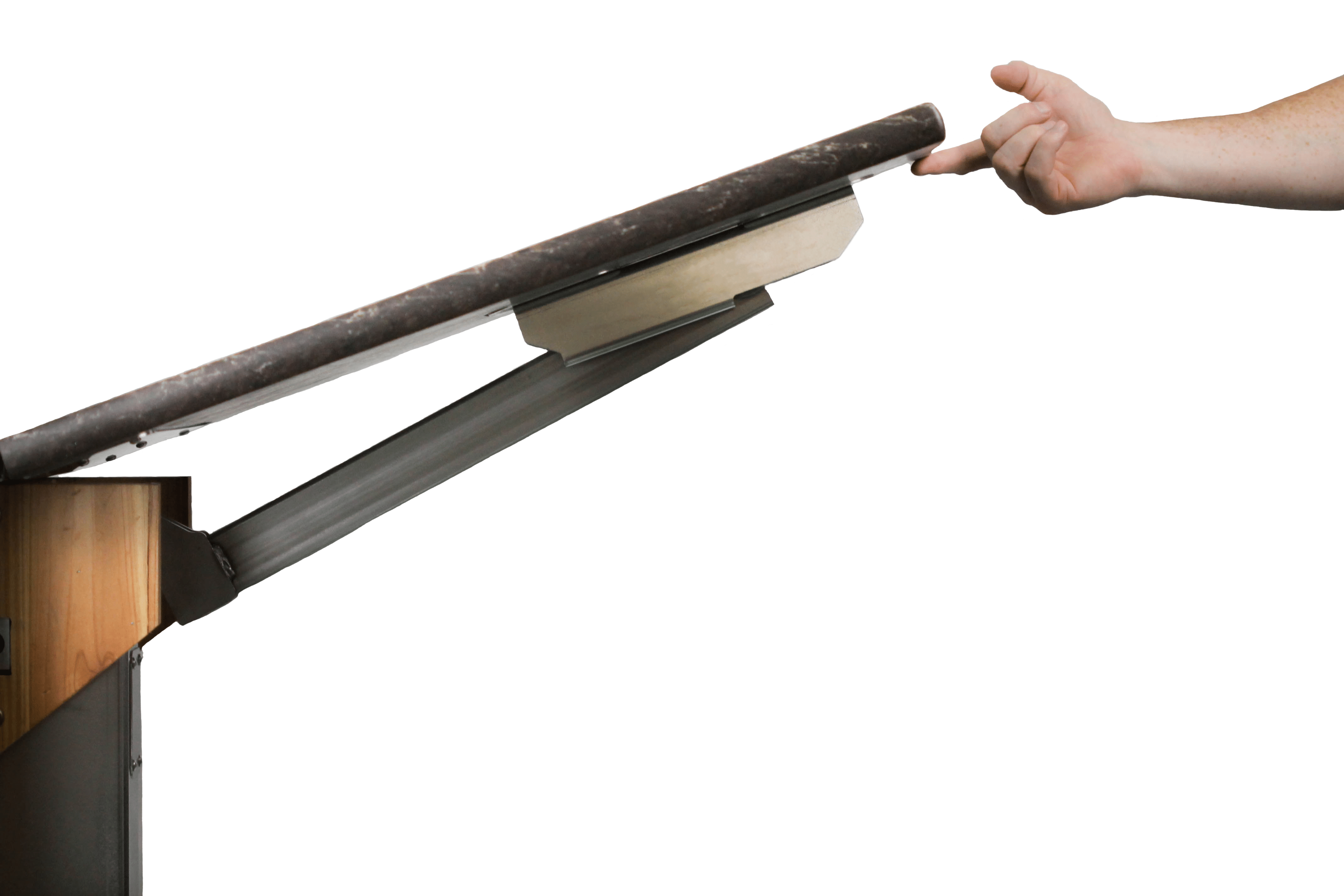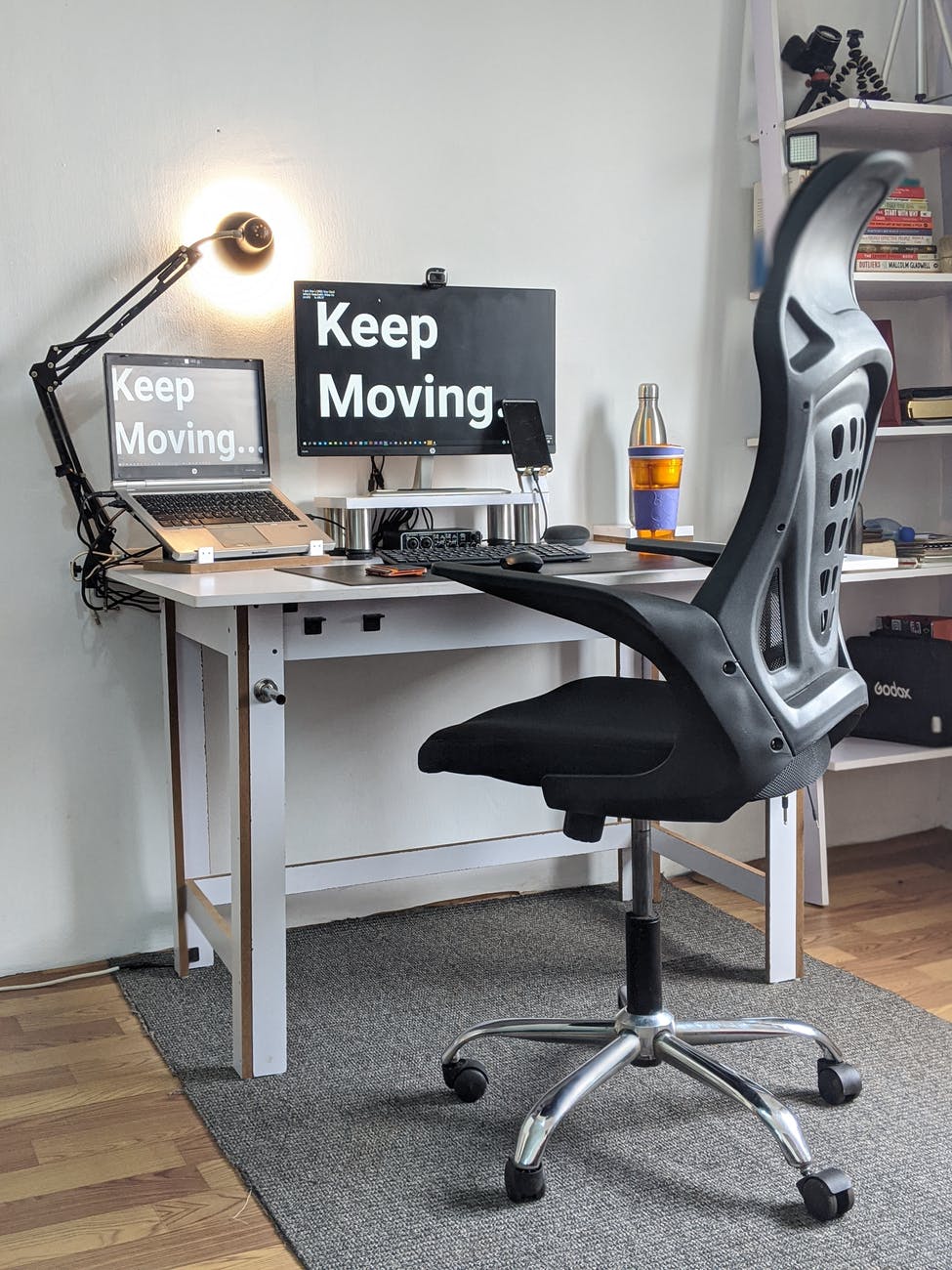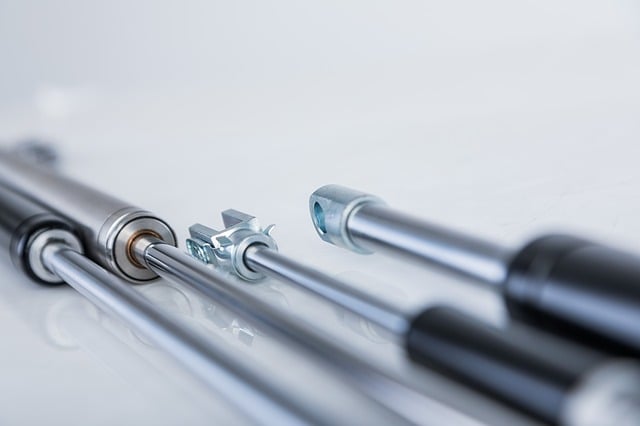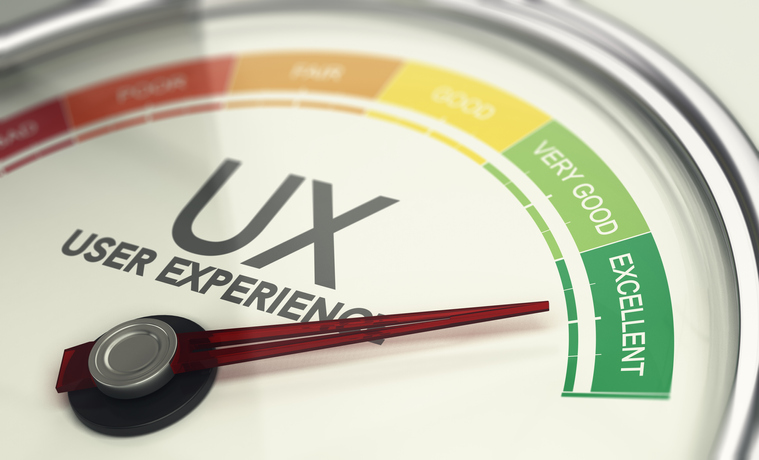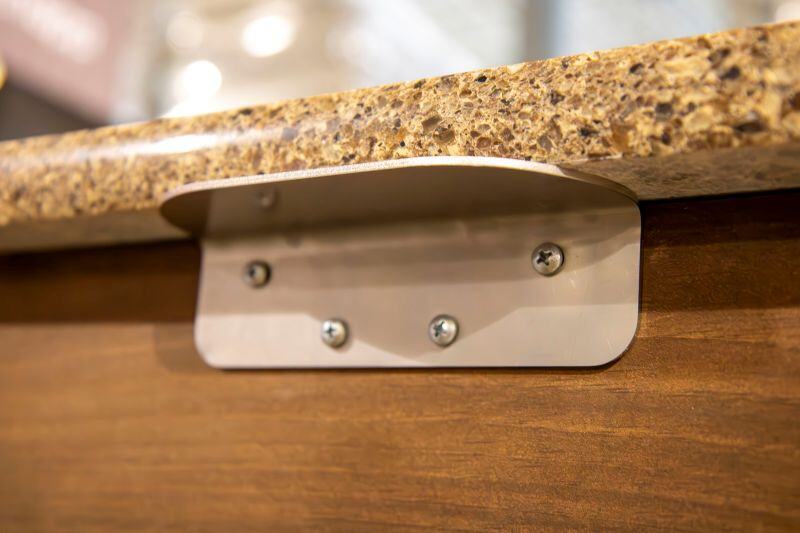Engineers and designers often stop to consider what type of hinge a product really needs. In many cases, a standard hinge does the job – it’s affordable, reliable, and easy to source. But when equipment is heavier or used more often, those same hinges can wear out faster and compromise safety.
Heavy Duty Industrial Hinges: When a Standard Hinge Isn’t Enough
Topics: Ergonomics, Motion Control, Design, Appliance, Counterbalance Hinge, Hinge, Hinges, Industrial, Durability, Manufacturing
[Design Guide] Heavy-Duty Stainless Steel Marine Hinges
No matter where you live, work, or play, hinges are everywhere. You’ll find them on cabinets. On refrigerators. On cars and airplanes. They’re a quiet part of daily life that keeps things moving.
Boats are different. They rely on hinges that do far more than open and close. Marine hinge design calls for careful thinking about motion control, spring assistance, and the effects of salt, weather, and humidity.
Topics: Applications, Ergonomics, Motion Control, Design, Hinge, Hinges, Industrial, Finishing, Durability, Manufacturing
Light vs. Heavy-Duty Hinges: Which One Does Your Design Really Need?
When you’re working through the details of a new product design, it’s easy to think, “A hinge is a hinge.” But if you’ve ever seen a lid sag, a door bind, or an access panel fail under load, you know hinge selection can make or break a design.
The temptation to save a few dollars with a lighter, cheaper hinge is real, especially when budgets are tight. Yet choosing the wrong hinge can lead to damaged equipment, unsafe operation, and costly redesigns down the line.
Topics: Ergonomics, Motion Control, Counterbalance Hinge, Hinge, Hinges, Durability, Hidden Hinges, heavy duty hinge
How Does an Appliance Door Hinge Shape Modern Kitchen Design?
When it comes to high-end kitchen appliance design, great performance is as important on the outside as it is on the inside.
Topics: Applications, Motion Control, Design, Appliance, Counterbalance Hinge, Food Industry, kitchen
Lift Gate Assist: Improve Restaurant Safety and Staff Flow
Most restaurant injuries don’t come from knives or open flames – they come from something as ordinary as a countertop. Lifting a heavy bar pass-through dozens of times during a shift strains backs, spills drinks, and leaves staff scrambling to recover.
Topics: Applications, Motion Control, Counterbalance, Engineering, Food Industry, kitchen
OSHA Ergonomic Guidelines: Creating the Ultimate Workstation
A stiff neck, sore back, or aching wrists after a long day at your desk isn’t just annoying; it’s a warning sign. With more people working in front of screens than ever before, the health risks of poor workstation habits are on the rise. The key is applying OSHA ergonomic guidelines – simple adjustments that protect employees' bodies, keep them comfortable, and help them perform at their best.
Topics: Ergonomics, Motion Control, Safety, Testing & Prototyping, office equipment, OSHA
Gas Spring Replacements & Alternatives: A Safer, Longer-Lasting Option
Topics: Applications, Motion Control, Gas Springs, Hinges, Manufacturing
Off-the-shelf solutions don’t always cut it – especially when your application requires safety or ergonomic motion and performance beyond a standard hinge. If you’re trying to support a heavy lid, conveyor drawbridge or enclosure cover, a custom hinge built with motion control in mind is the best fit.
A properly engineered counterbalance hinge can make an 80-pound lid feel like a light 2-pounds when lifting. It’s not magic though – it's precision mechanical engineering using counterbalance spring design principles.
Topics: Counterbalances, Motion Control, Center of Gravity, Engineering, Vectis
Motion Control System Design: Improving Accessibility
Motion control system design affects how people interact with products in everyday settings. If motion feels smooth and natural, users barely notice it. If it feels heavy or awkward, the design becomes a frustration.
That moment of resistance – lifting a lid, moving a panel, opening a door – can shape someone’s entire experience with the equipment. Poor usability often signals deeper design issues that limit performance.
Engineers focused on motion control system design consider more than just movement. They think about safety, repeatability, and long-term function.
When done well, this kind of design supports a safer, more efficient environment without calling attention to itself.
Topics: Motion Control, Hinges, Industrial, Manufacturing
How to Choose a Lift Gate Stop for Top-Down Indoor Applications
It's not the flashiest part of your setup. It’s not what your customers will notice first. But when a lift gate stop fails, everyone notices.
Think about a gate slamming down in the middle of a busy lunch rush, sending a shock through the counter — and through your team. It’s a dangerous disruption that’s completely preventable.
The lift gate stop may be a small component, but its impact on safety, surface protection, and smooth operation is anything but minor. In busy commercial kitchens, sleek retail counters, and sensitive lab environments, this single piece of hardware helps prevent slamming, preserves finishes, and ensures your lift gate closes exactly as it should — every time.
Topics: Applications, Motion Control, Counterbalance, Hinges, Lid Support, Durability, Aesthetics, Food Industry, kitchen, hospitality
.png?width=12000&height=2033&name=WeberKnappLogo_white%20(1).png)
